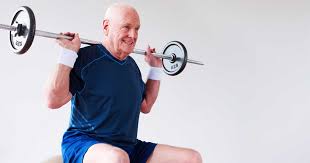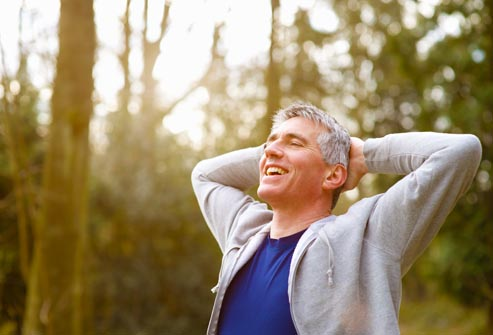1. Move more
If you don’t use it, you lose it! Contrary to popular belief pain is not always equal to damage and arthritis is no different. Just because you get pain when you move a certain way doesn’t mean that it is causing damage. We know in conditions such as osteoarthritis the tissues become sensitised due to chemical and hormonal structures that turn the volume knob up on pain. We also know that the less we move the more deconditioned we get. Ever get puffed going up stairs..? yeah… me neither…
As humans we are built to move, we are meant to have short regular bursts of physical activity and when it comes to arthritis management that is exactly what we should do! So next time you think about your sore knee or sore hip and think you can’t do the stairs, give it a go! Your body will thank you later and so will your pain in the long run.

2. Lift more
There is a strong correlation between strength and pain. The more we load our tissues/ body’s the more conditioned we get. Should we lift weights with arthritis? Absolutely. In a recent study it was suggested that increasing lower limb strength can reduce internal knee forces, reduce pain and increase physical function. Therefore we can’t go wrong getting stronger! Remember them stairs from earlier before?
There are plenty of option if you don’t want to join a gym, we have simple bodyweight exercises which have been posted in a previous blog https://ellenbrookphysiotherapy.wordpress.com/2019/05/21/5-daily-habits-to-live-a-more-productive-life/ (point number 3). We also have the option of powerbands and therabands which can act as a home gym! If you would like to know more about powerband exercise, please don’t hesitate to call reception on 92971188.

3. Exercise more
Yes, you could argue this point is the same as the two above, but just how much exercise is enough exercise? Well… something is always better than nothing and if you have a specific goal to reduce pain and/or improve function then it should be performed under a trained health professional (such as a physiotherapist). Studies suggest that the effect of pain and physical function improves with the number of sessions attended with a health professional. Your physiotherapist will perform a thorough subjective and objective exam and determine what exercise is a good level for you, they will then continue to monitor your response to exercise and adapt your program as needed.
The key point is, if you are serious about making a long-lasting change in pain and function, without surgery, then do it under the guidance of your physiotherapist who specialises in arthritis management.

If you would like to read more about arthritis management then here is a Cochrane review posted by the British Journal of Sports Medicine: https://bjsm.bmj.com/content/bjsports/49/24/1554.full.pdf
Remember motion is lotion!
Ryan Barron
Physiotherapist


